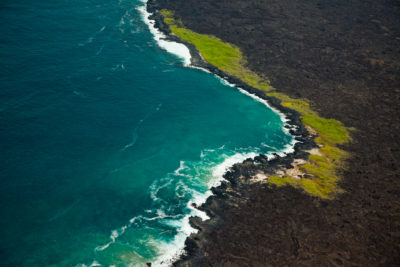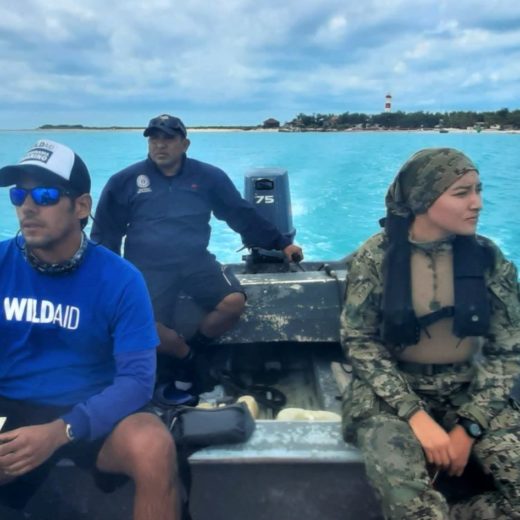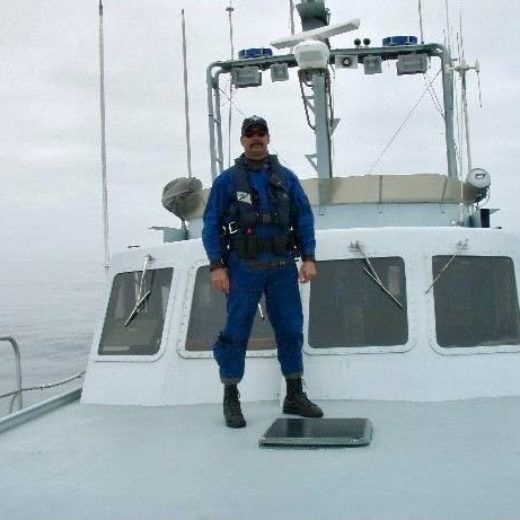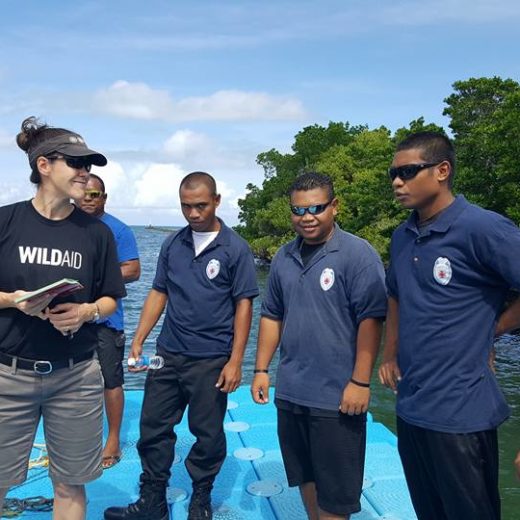
WildAid works in marine protected areas around the world to ensure thriving oceans. We’ve put together this guide to introduce you to MPAs and why we think they’re important.
What is a marine protected area?
A marine protected area (MPA) is a space in the ocean set aside for conservation of its marine habitat and species. It usually protects the space from specific activities including fishing, oil drilling, or coastal development to provide a safe refuge for marine species. While many MPAs continue to allow some of these extractive activities within their borders, universally their goal is to replenish wildlife populations. When they are managed effectively, they can quadruple fish populations in just a decade and increase the abundance and diversity of marine species.
Why do we need MPAs?
Our oceans and the three billion people worldwide that depend on them are in trouble. Ninety percent of fisheries are fished at or beyond sustainable levels. Since 1970, there’s been a fifty percent decline in marine life populations, leaving many in danger of extinction. Moreover, climate change threatens coral reefs, which harbor one-fourth of all marine species.
We know what we need to do to solve these problems: protect key habitats, stop killing endangered species, and only take as much as the ocean can give. Effective MPAs can make these changes a reality. Their benefits include: protecting marine species’ nursery grounds and endangered species’ habitat, providing a refuge for endangered and commercial species, replenishing fish stocks both inside and outside reserves to increase catch size and quantity, increasing the resiliency of coral reefs and other marine habitats against external impacts, such as climate change, and providing coastal communities with vital protein supplies and income.
We need more effective MPAs in conservation-critical hotspots, where they can have the greatest impact on human and wildlife populations. This can dramatically improve the ocean’s health and provide economic opportunities for coastal communities that depend on the marine environment.
How does WildAid work with MPAs?
The good news is that 7.3% of the world’s oceans are now established as MPAs, and an additional 4% have been pledged, pending official designation. The bad news is that nearly 60% of the world’s MPAs do not have the resources or management in place to properly protect marine habitats and species—making these areas indistinguishable from unprotected waters.
WildAid makes the promise of MPAs real, allowing them to fulfill their conservation potential. We work with local partners to provide the resources and capacity building needed to ensure successful long-term management and enforcement of the MPA. We do this through a phased process that provides a comprehensive assessment of the MPA, a multi-year plan, training, the appropriate tools, and our expertise and mentorship. These steps help ensure that MPAs reach their true potential allowing marine wildlife to recover and flourish.
When you donate to WildAid, your contributions help us create thriving oceans and protect some of the most biodiverse areas on the planet. Our program spans the globe and includes projects in the Galapagos, coastal Ecuador, Palau, Indonesia, Malaysia, and Gabon.
If you’re interested in further supporting this mission, please sign up for WildAid’s marine newsletter or you can reach out to WildAid’s marine program directly with your questions at marine@wildaid.org.
Stay in touch and get the latest WildAid updates.
SIGN UPAbout WildAid
WildAid is a non-profit organization with a mission to protect wildlife from illegal trade and other imminent threats. While most wildlife conservation groups focus on protecting animals from poaching, WildAid primarily works to reduce global consumption of wildlife products such as elephant ivory, rhino horn and shark fin soup. With an unrivaled portfolio of celebrity ambassadors and a global network of media partners, WildAid leverages more than $308 million in annual pro-bono media support with a simple message: When the Buying Stops, the Killing Can Too.
Journalists on deadline may email communications@wildaid.org


